
California’s aggressive switch to renewable energy has made it a global leader in the fight against climate change. Yet this green revolution has unforeseen effects on the state’s abundant biodiversity. Recent research shows that the expansion of renewable energy infrastructure infringes on wildlife habitats, causing greater losses than the damage wrought by climate change alone. Let’s dissect this heartbreaking but brutal truth.
California’s Renewable Energy Landscape

California has made outstanding strides in integrating renewable energy sources into its power grid. In 2024, renewables met 100% of the state’s energy demand during the daytime for 97 out of 115 days—a testament to the state’s drive to reduce greenhouse gas emissions and fight climate change. But at what cost?
Impacts on Wild Habitats

The extensive land requirements of wind farms and solar farms have amplified concerns about their impacts on wildlife habitats. These expansions require large pieces of land, which leads to the loss of habitat for numerous species, such as the San Joaquin Kit Fox and Joshua Trees, with an estimation of up to 3.8% over and above losses due to climate change.
The Ivanpah Solar Power Facility
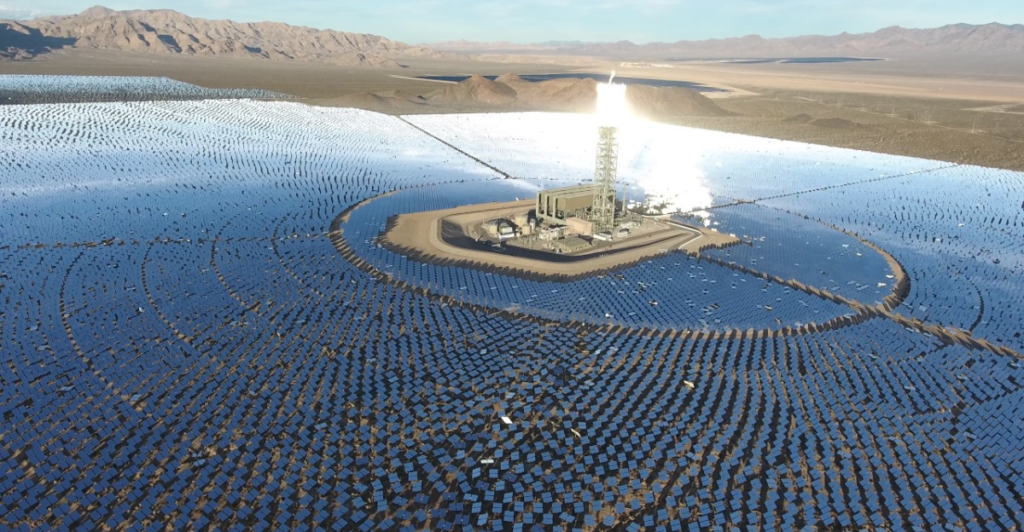
The Ivanpah Solar Power Facility in the Mojave Desert is a dramatic example of the conflict between wildlife protection and the expansion of renewable energy. Once the world’s largest solar thermal power plant, Ivanpah has been criticized for its environmental impacts, including the killing of birds and desert tortoises by focused sunlight from its mirrors. The plant also did not meet energy generation expectations and is now facing the risk of shutting down.
A Study of These Losses

The UC Davis Wild Energy Center study reveals that 3.8% of the San Joaquin Kit Fox’s habitat will be destroyed by renewable energy, outside of climate change destruction, by 2070. The study also projected that solar farms erase 1.7% of Joshua Trees’ future habitat before climate change’s impact can be considered. Further, 18,000+ acres of desert tortoise habitats have already been cleared for solar farms, with the species’ population down by 90% since 1970.
Challenging “Green” Orthodoxy
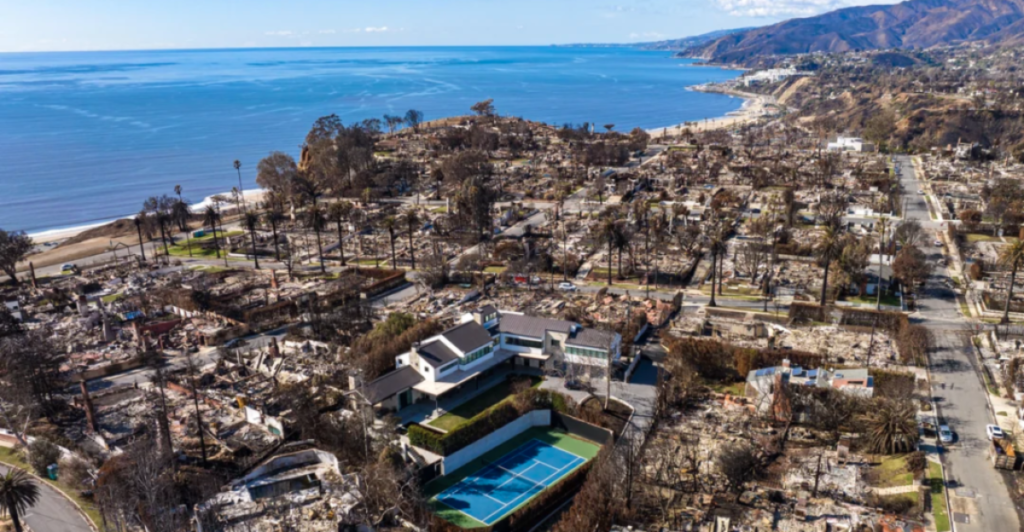
Climate change remains an existential threat, but renewables are reducing biodiversity in real time. This is seen in the Mojave Desert, for example, where tortoise extirpation accelerates five times faster as a result of solar sprawl than climate change. Essentially, we are putting habitats at risk where our so-called “saved” emissions over 20 years won’t allow for the resurrection of extinct populations.
Destroying Habitats One by One
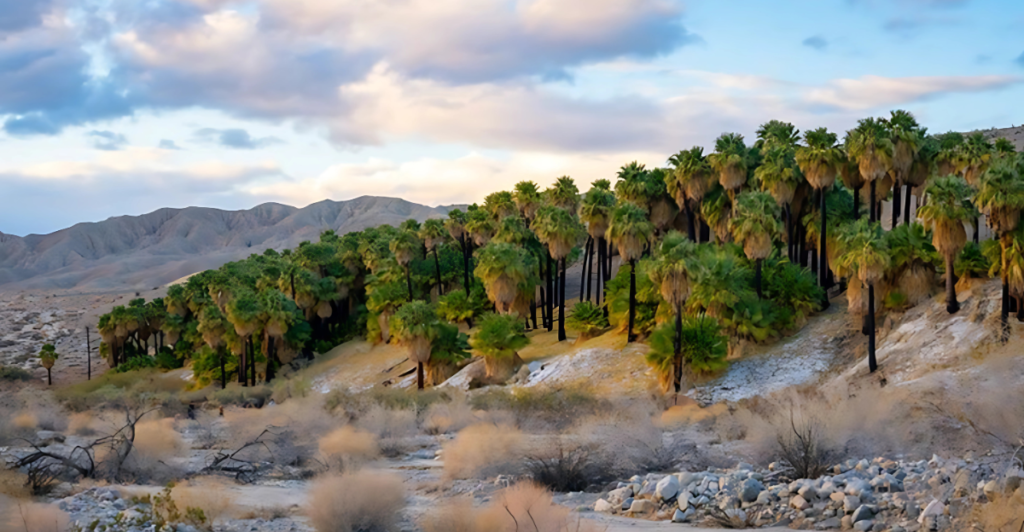
To further understand this increasing problem, let’s examine the damage already done. State protection laws were bypassed for “green” projects, resulting in the destruction of 4,500 protected trees in a 2,000-acre area in the Mojave Desert to build a solar farm. Ivanpah Solar’s solar flux incinerates thousands of birds annually, with roughly 2.59 avian fatalities/MW/year versus the 0.12 from climate-driven habitat loss. Finally, urban fox populations are struggling for food as solar farms decimate prey, resulting in lower pup survival rates.
The Unseen Collapse
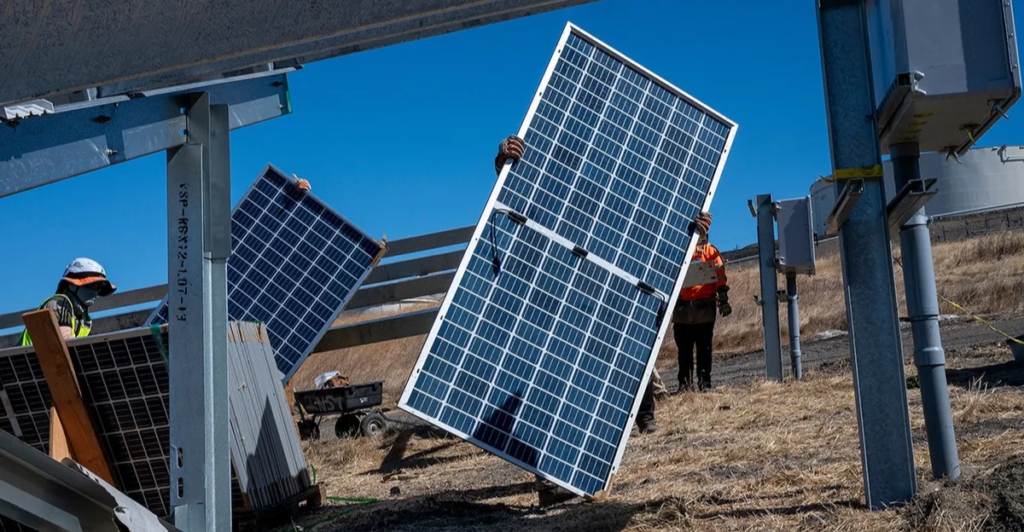
Renewable energy expansion has additional negative impacts on the current environment, wildlife protection, and conservation efforts. Millions of dollars are involved in pending lawsuits against solar developers for violations of the Endangered Species Act. For every $1M spent on solar land mitigation, $4M is taken from climate resilience programs. For example, the money spent to relocate desert tortoises exceeded wildfire prevention budgets in three counties, highlighting a consistent collapse in structures set out to protect wildlife in favor of growing renewable energy sources.
The Sacrifice Calculus
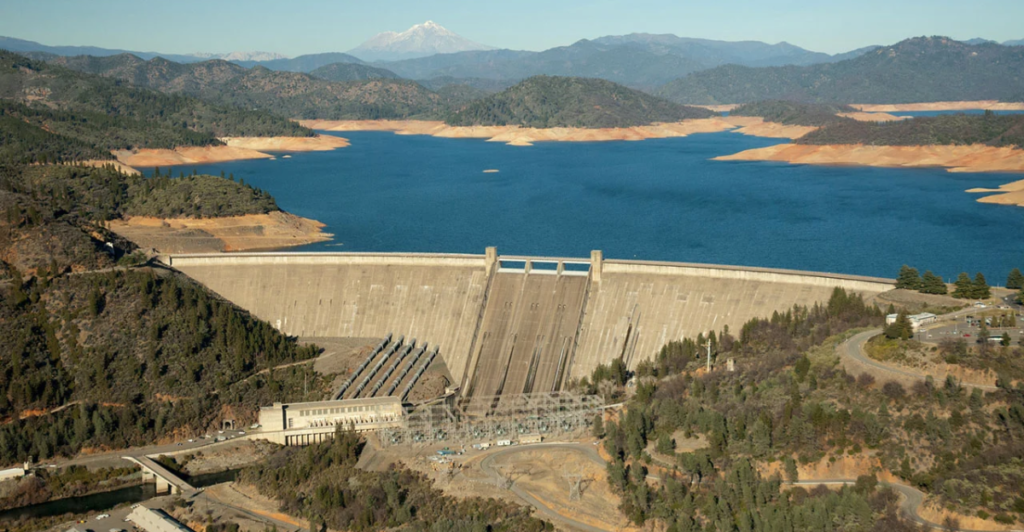
In the past, the construction of California dams caused 90% of salmon populations to collapse. Now, we are seeing a projected loss of 18% of genetic diversity in kit foxes by 2035 as a result of solar farms. In not learning from the past, we are repeating the same mistakes and consistently placing “green” solutions that prioritize human needs over ecosystems.
The Brutal Truth

The 3.8% figure is not a statistical quirk—it’s a systemic failure in climate policy design. Each solar panel erected on intact habitats accelerates micro-extinctions, climate change would take decades to achieve, creates a moral hazard by greenwashing habitat trade-offs as “necessary,” and exposes policy failure to mandate rooftop solar and brownfield development. The simple but brutal truth is that sustainability without biodiversity is just slower suicide.
Policy Challenges and Environmental Regulations
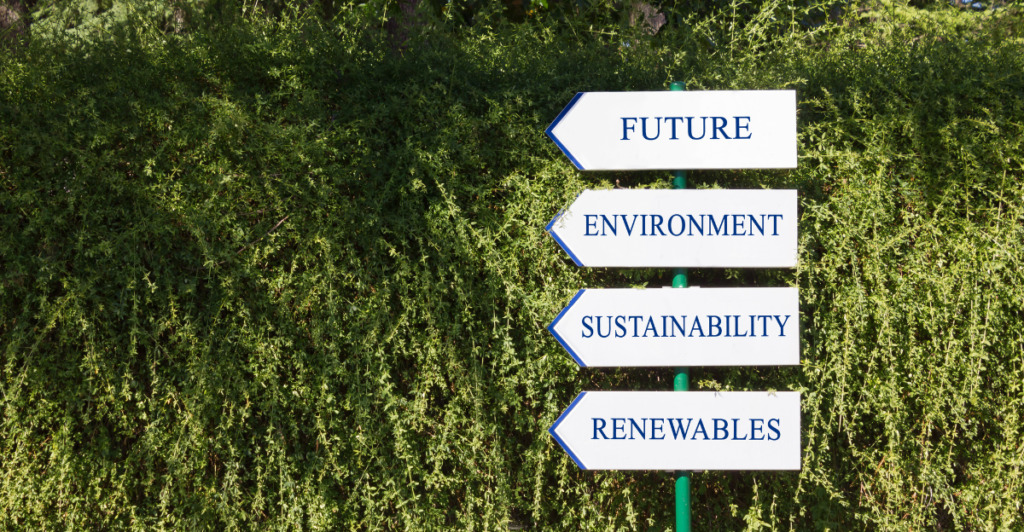
The green transition must evolve beyond 20th-century sprawl logic, or we’ll memorialize species loss in carbon-neutral graveyards. Thus far, the push for renewable energy has only generated policy decisions that can compromise wildlife conservation. The recent circumvention of the Endangered Species Act’s protections and the mass firings within the U.S. Fish and Wildlife Service have shocked environmentalists. These decisions threaten to reverse the successes of decades-long conservation efforts and put species survival at risk.
Achieving a Balance

Achieving a balance between renewable energy development and wildlife conservation requires planning and proactive intervention. Experts suggest using wildlife corridors, conducting detailed environmental impact assessments, and selecting sites with minimal habitat disruption. Involving conservationists in the planning phase can help identify areas of potential conflict and develop solutions that meet both energy and ecological goals.
Choosing Between Renewable Energy or Climate Change

California’s transition to renewable energy is a critical component of global action to slow climate change. However, the environmental costs of this transformation must be recognized and minimized. By integrating wildlife conservation into its renewable energy planning, California can provide a model for sustainable development that reconciles technological advancement with the protection of its unique biodiversity.
Explore more of our trending stories and hit Follow to keep them coming to your feed!

Don’t miss out on more stories like this! Hit the Follow button at the top of this article to stay updated with the latest news. Share your thoughts in the comments—we’d love to hear from you!







